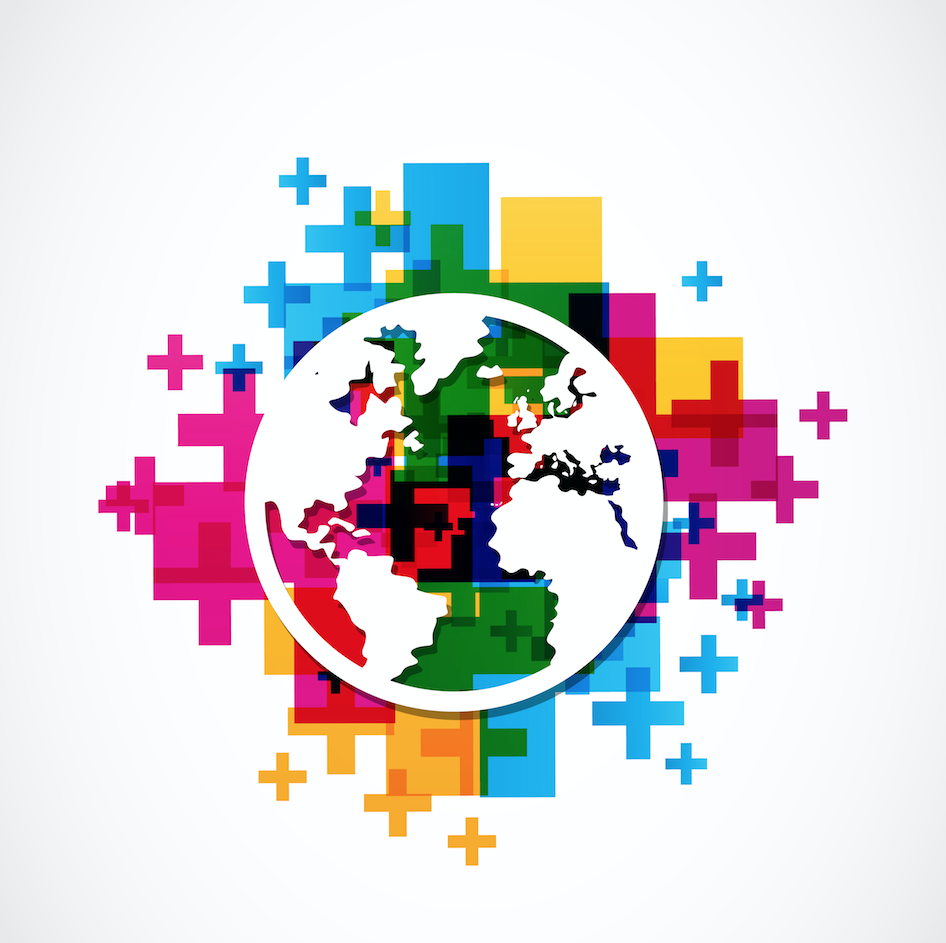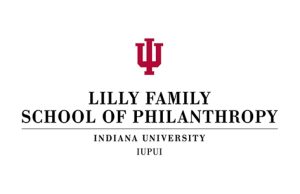An economy with a Gross Domestic Product (GDP) of $19.36 trillion probably should be able to squeeze out more than $390.05 billion to fund charitable endeavors, a social safety net, education, research and exploration. Depending on who is counting, the $390.05 billion reported in for 2016 in “Giving USA” is roughly 2 percent of the overall U.S. economy.
It has stayed at 2 percent as stiffly as one of the Queen’s Guards outside Buckingham Palace. Nothing anyone has done for decades can get it to even crack a proverbial smile. It’s been 2 percent and that’s that.
Members of the Giving Institute and a guest list of nonprofit influencers not publically announced met in Dallas earlier this month to begin strategizing on how to get charitable donors in the U.S. to crack a smile – or even blink. The plan is to construct and launch a national initiative to get more people to give and coax those who do donate to give more.
The Giving Institute is made up of seasoned fundraisers and tech firms that work in the charitable finance and fundraising space. Those tech firms have unprecedented access to data on when people give, how much they give, channel in which the gift was made, and the appeal that got them to give. That’s so much more information than what was available to the members of the Commission on Private Philanthropy and Public Needs in 1973-75, commonly referred to as The Filer Commission after its chairman, John H. Filer.
The commission’s 240-page report, “Giving In America,” was the launching pad for infrastructure organizations such as the National Committee for Responsive Philanthropy (NCRP) and Independent Sector (IS). It called for and commissioned research on giving and in most cases was working from scratch and non-digitized Internal Revenue Service (IRS) data. The commission had nowhere near the knowledge firepower of the Giving Institute, although it was backed with Rockefeller money.
Economists always tout that a 1 percent hike in GDP will mean hundreds of billions of dollars for the U.S. economy. Direct response fundraisers pinch themselves and become uncontrollably giddy if they get a 1 percent response on donor acquisition. Just think what 1 percent of $390.05 billion in giving — $3.9 billion — can do for the charitable sector.
Recent changes in the federal tax code will make charitable solicitation more difficult on the federal, state and local level. And as odd as it sounds, $390.05 billion really isn’t a lot of money when dealing with issues that at one point were considered government-funded programs.
There is also the question of ability to give. Chronic wage stagnation has an impact on the ability to give. According to the Economic Policy Institute, the U.S. middle class had $17,867 less income in 2007 because of the growth of income inequality since 1979. During the 34-year period between 1979 and 2013, hourly wages of middle-wage workers (median-wage workers who earned more than half the workforce but less than the other half) were stagnant, rising just 6 percent, which is less than 0.2 percent per year. That is a problem that must be explored.
Here is a bit of a warning for the panel. All of the data and experience focused on this issue could lead to an equal and opposite reaction if the plan is improperly applied. There is a distrust of data in the general public, especially when it comes to privacy. It’s one thing to be chased around the Internet by a pharmaceutical company after searching a malady. It’s another issue when all of a sudden a charity that deals with that illness begins soliciting or “providing education” pretty quickly after that search.
This group needs to be sensitive to donor privacy and that should not be an issue given the experience of those initiating this quest. The sector should rally around this group, helping wherever and whenever asked. Yes, a billion here and a billion there is real money.











